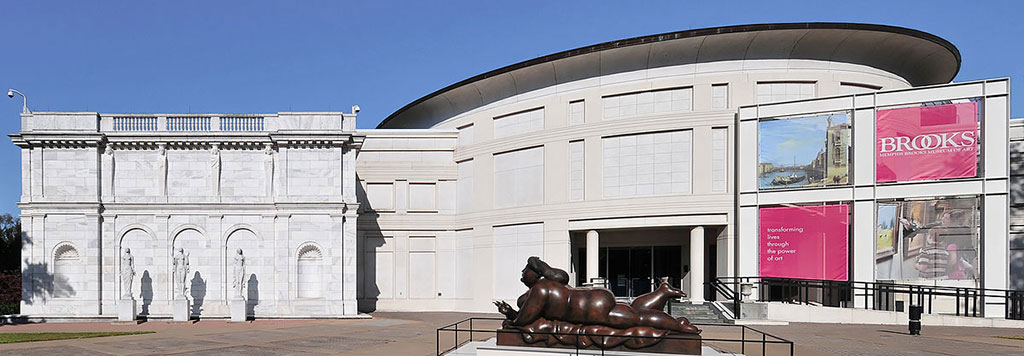
Memphis Brooks Museum of Art has selected Herzog & de Meuron as design consultant for its new $105 million facility overlooking the Mississippi River in downtown Memphis. The Memphis-based archimania will serve as Architect of Record. The news was announced today by the institution, the oldest and largest art museum in Tennessee.
“We have selected Herzog & de Meuron to partner with us because we respect their design philosophy: each project design evolves from a different and fitting formal response to the site and is then realized with unrivalled sensitivity to materials and craftsmanship,” says executive director Emily Ballew Neff. “We’re embarking on a journey to create a landmark that will have enormous impact.”
High atop a natural stone bluff, the new museum will face westward towards the Mississippi River and the Arkansas floodplain. At 112,000 sqft, about 25% larger in size than the existing facility, the program provides expanded galleries that will showcase the permanent collection and temporary exhibitions and purpose-designed spaces that will provide needed classrooms, theater, dining facility and museum store. Collections storage and art handling areas will more than double. A sculpture garden will provide opportunities for changing displays of works of art as well as for civic gatherings and public performances.
“We are thrilled to have been selected to work on the new Brooks,” says Jacques Herzog, co-founder of Herzog & de Meuron. “In writing the next chapter for the Brooks Museum and its collection, we have to look to the future, while being cognizant of a rich history.”
Ascan Mergenthaler, Senior Partner and Partner in Charge, notes “We are very impressed with the spirit of Memphis and its people. The Brooks on the bluff has the potential to become a truly civic building where the people of Memphis will not only go for encounters with great art, but also to meet, hang out, and enjoy the many offerings of a highly public cultural building at an outstanding site.”
The Brooks’ building project is primarily privately funded, with a substantial portion of the cost already secured from individual patrons and arts supporters. The museum anticipates that it will take four to five years to design and build the facility.
comments